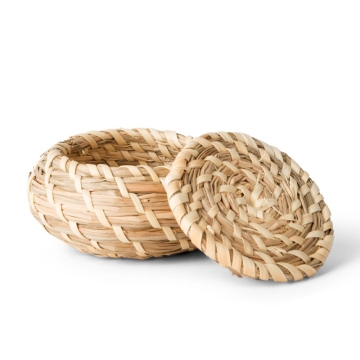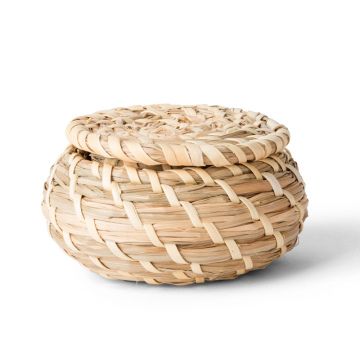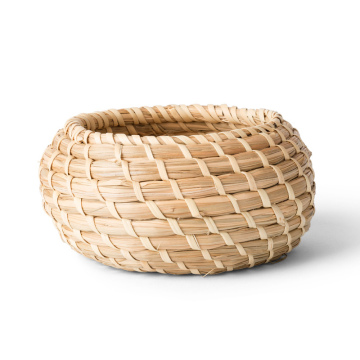Savoring the Unique Flavor of Horumon: A Culinary Journey through Japanese Cuisine
Japan, known for its rich and diverse culinary traditions, offers a wide array of flavors that appeal to every taste bud. Among these unique dishes, horumon stands out for its bold flavors and cultural significance. This Japanese delicacy, often associated with grilled meats, provides an unforgettable culinary experience for both locals and tourists alike. As you dive into the world of horumon, you will not only explore a distinct part of Japanese cuisine but also immerse yourself in a culinary adventure that showcases Japan's deep connection to food culture.
What is Horumon in Japanese Cuisine?
Horumon refers to a variety of offal, particularly the innards of animals like beef or pork, that have been carefully prepared and grilled. In Japan, it is a highly regarded dish, often served in izakayas or specialized restaurants where culinary experts skillfully prepare it to perfection. What makes horumon unique is the way it is seasoned and grilled, creating a savory, umami-packed experience that is unlike any other. The term "horumon" itself is derived from the Osaka dialect, meaning "discarded meat," a nod to its humble origins when offal was considered food for the working class.
Over the years, the popularity of horumon has grown, becoming a beloved part of Japanese cuisine. It is not just about eating offal, but about enjoying the culinary artistry involved in making these cuts of meat palatable and delicious. Whether paired with rice or enjoyed with a cold beer, horumon has become a dish that brings people together in the spirit of culinary exploration. With its distinctive taste and preparation, horumon is now a must-try for any food lover seeking authentic Japanese experiences.
The experience of tasting horumon goes beyond the dish itself. It represents a part of Japan’s culinary heritage, where ingredients that might otherwise be overlooked are given new life. As you savor each bite, you're not only indulging in a flavorful meal but also participating in a cultural practice that has been passed down through generations. This experience is a testament to the creativity and resilience of Japanese culinary traditions, where even the simplest ingredients are transformed into something extraordinary.
The Art of Grilling Horumon
Grilling is an essential part of horumon preparation, and this cooking method elevates the taste of the offal to new heights. The culinary process begins with marinating the cuts of meat in a special sauce, often a mixture of soy sauce, sake, and miso, which enhances the natural umami flavors. The grilling process is a delicate balance, requiring the right amount of heat and timing to ensure the meat becomes crispy on the outside while remaining tender and juicy on the inside. The skill of the chef plays a crucial role in ensuring each piece is perfectly cooked, creating a texture and flavor profile that is truly unique.
Many restaurants in Japan specialize in horumon, and you can often find chefs who have spent years perfecting their grilling techniques. Some establishments even allow customers to grill their own horumon at the table, creating a more interactive culinary experience. This hands-on approach not only adds to the fun but also allows diners to customize the level of crispiness and doneness to their liking. As the meat sizzles on the grill, the aroma fills the air, creating an anticipation that makes the culinary experience even more exciting.
The combination of marination, grilling, and seasoning is what makes horumon stand out in the world of Japanese barbecue. The result is a dish that is both satisfying and full of depth, with every bite offering a rich, smoky flavor. Grilled horumon pairs wonderfully with a variety of sides, including pickled vegetables, rice, and a cold beverage, making it a complete culinary experience. Whether you’re a fan of grilled meats or new to Japanese offal dishes, horumon promises to be an unforgettable gastronomic journey.
Pairing Horumon with Japanese Drinks
A true culinary experience in Japan is never complete without a beverage to complement the meal, and horumon is no exception. When enjoying horumon, many diners choose to pair it with traditional Japanese drinks, such as sake or beer. The rich, savory flavors of horumon are well-balanced by the crispness of Japanese beer, which helps cleanse the palate between bites. The carbonation and refreshing qualities of beer bring out the best in the grilled offal, making each mouthful even more enjoyable.
Sake, the iconic Japanese rice wine, is another excellent choice when pairing with horumon. The mild sweetness and subtle acidity of sake can enhance the flavors of the meat, adding complexity to the overall culinary experience. Depending on the style of sake, it can either highlight the smoky char of the grilled horumon or add a delicate contrast to its rich umami notes. For those looking for something more adventurous, a glass of shochu, a Japanese distilled spirit, can also make for a bold pairing, providing a stronger contrast to the dish’s savory flavors.
In some regions of Japan, horumon is often paired with local beverages, adding a regional twist to the culinary experience. For example, in Osaka, a region famous for its horumon dishes, the pairing of the grilled offal with locally brewed beer or sake has become a part of the city’s food culture. This pairing not only enhances the meal but also connects diners to the traditions and flavors of the region, providing a deeper appreciation for the culinary diversity within Japan.
The Best Places to Enjoy Horumon in Japan
While horumon can be found throughout Japan, certain regions are particularly renowned for their horumon specialties. Osaka, often referred to as the "kitchen of Japan," is one of the best places to explore this culinary delight. The city boasts a rich history of horumon restaurants, many of which offer unique takes on the dish, incorporating regional ingredients and flavors. In Osaka, you can enjoy horumon in a casual izakaya setting or at specialized restaurants that focus solely on this grilled delicacy.
Tokyo, Japan’s bustling capital, is also home to a number of high-end restaurants that serve expertly prepared horumon. While Tokyo’s culinary scene is vast and diverse, horumon is an integral part of the city’s izakaya culture. Whether you’re dining in a small alleyway restaurant or in a more upscale establishment, you’ll find that horumon in Tokyo is prepared with the same level of care and attention to detail as any other traditional Japanese dish. Tokyo’s vibrant nightlife scene also provides the perfect setting for enjoying horumon, especially when paired with drinks.
In addition to Osaka and Tokyo, there are many other parts of Japan where horumon is a regional specialty. Cities like Fukuoka and Sapporo also offer unique horumon dishes, often incorporating local ingredients and cooking styles. As you travel through Japan, exploring different variations of horumon becomes an exciting part of the culinary journey. Each region’s interpretation of this dish adds new layers to the horumon experience, making it a must-try food wherever you go.
Why Horumon is Worth Trying
Despite its humble beginnings, horumon has gained widespread recognition as one of Japan's most beloved comfort foods. Its deep, savory flavors and satisfying textures make it a favorite among locals and tourists alike. Trying horumon is not just about tasting a dish, but about experiencing a part of Japan’s culinary heritage. The care and tradition that go into preparing this dish speak volumes about the importance of food in Japanese culture.
For those who are hesitant about trying offal, horumon offers a wonderful introduction to this type of cuisine. The preparation and seasoning help mask any strong flavors, allowing you to appreciate the unique textures and taste of the meat without being overwhelmed. Horumon can be an eye-opening experience for many, breaking down barriers and introducing new culinary possibilities. It's a dish that challenges the palate, encourages exploration, and invites diners to enjoy the beauty of lesser-known cuts of meat.
Finally, horumon provides a sense of connection to the people and traditions that have shaped Japanese food culture. It’s a dish that speaks to the resourcefulness and creativity of Japanese chefs, who have transformed what was once considered discarded meat into a delicacy enjoyed by many. For anyone looking to broaden their culinary horizons and dive deeper into the flavors of Japan, horumon is an essential experience. It’s more than just food; it’s a taste of Japan’s rich history and culinary innovation.











